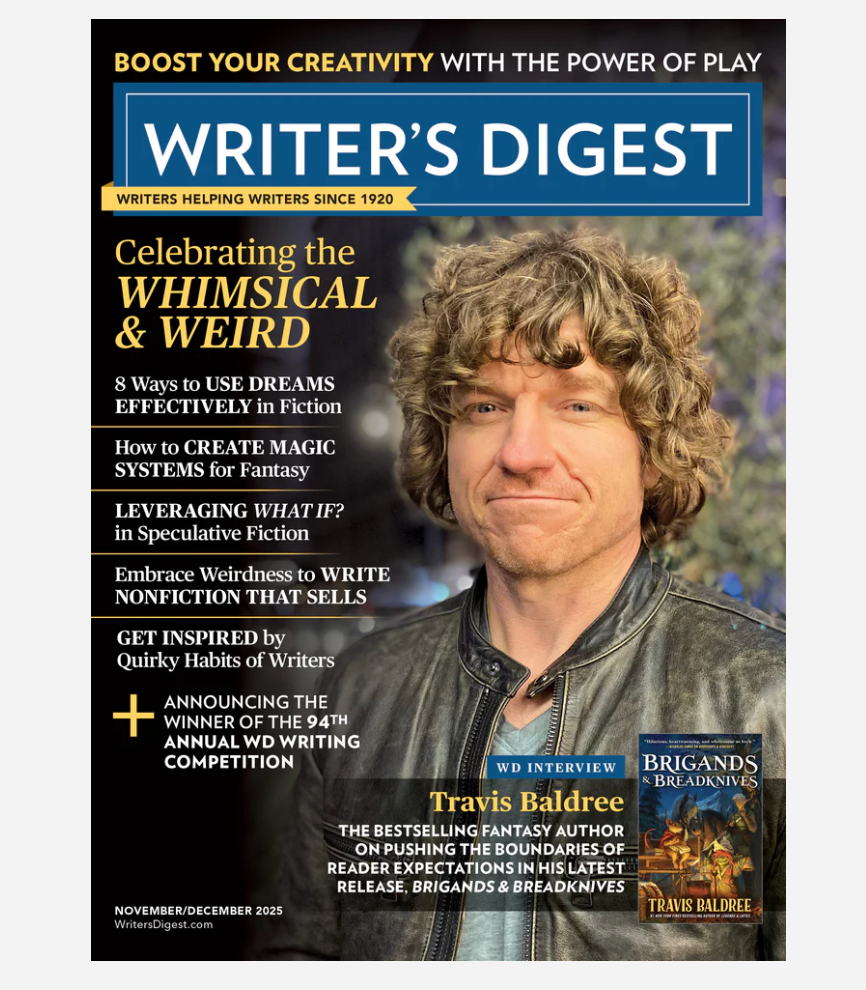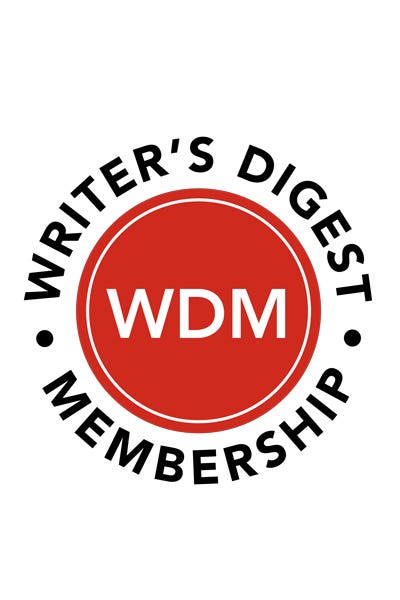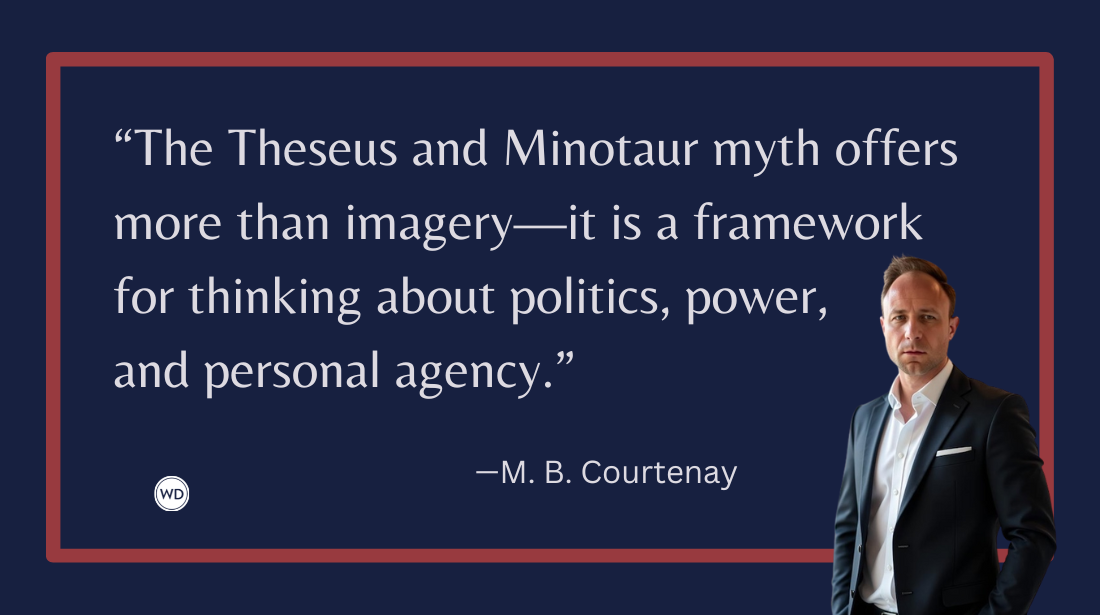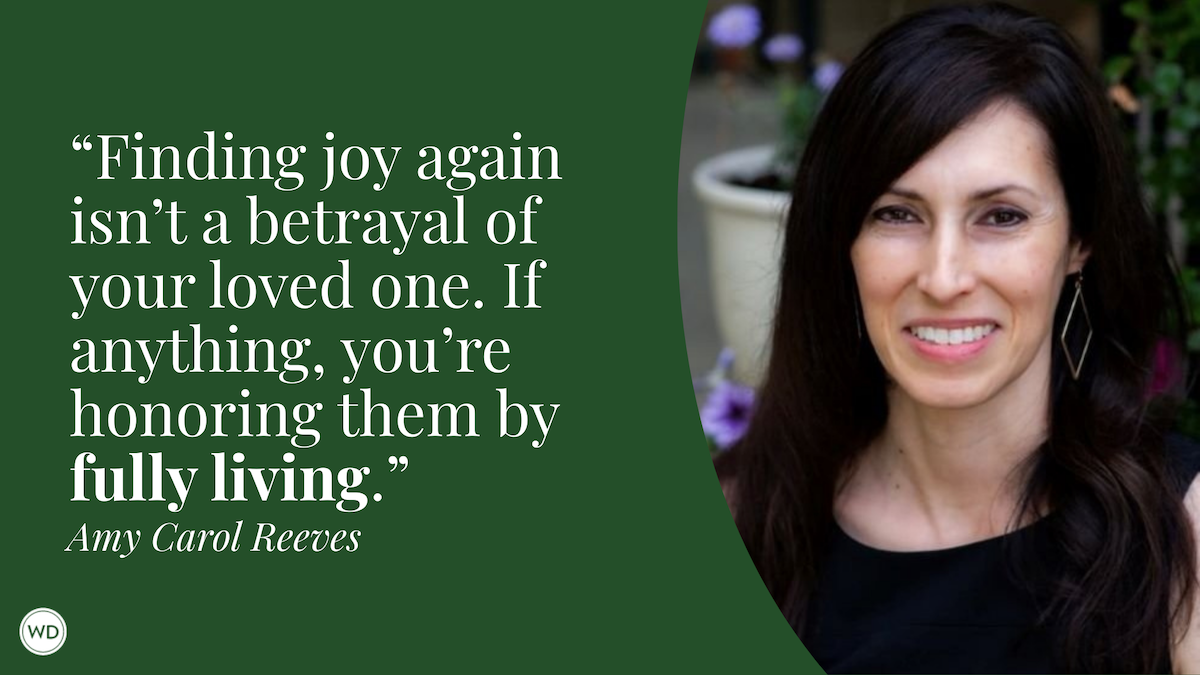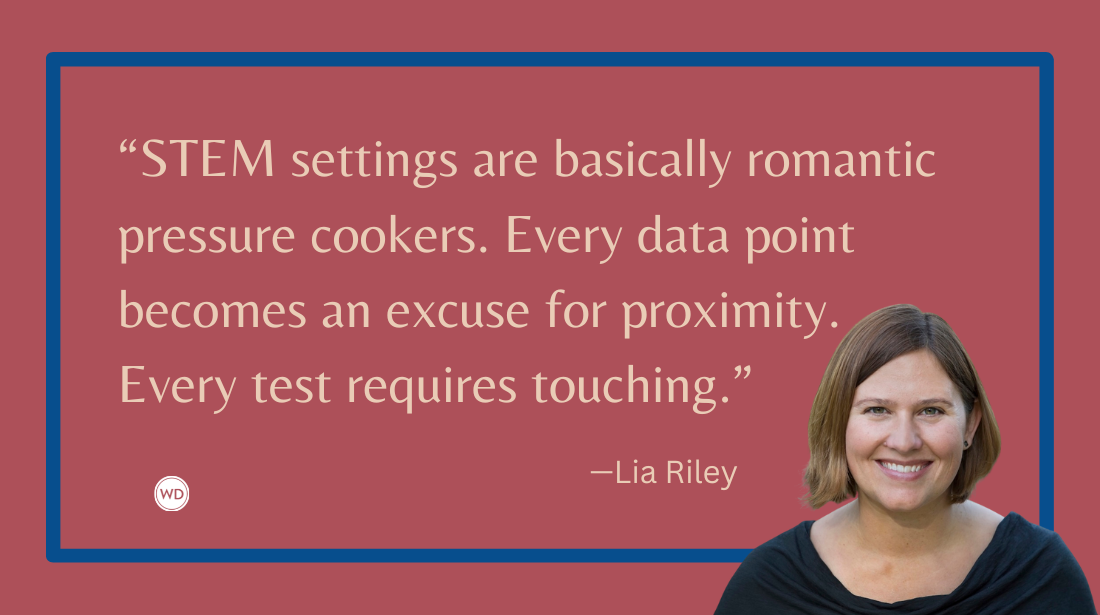The Research and Writing Process for My Historical Novel
Author Mary Ruth Barnes shares the research and writing process she used for her historical novel inspired by her great-grandmother’s story.
My novel Where Birds Land is every First American Woman’s story of loss and love in Indian Territory. The research first began at the Chickasaw Cultural Center in Sulphur, Oklahoma. The files were folders of loose documents copied over time. The words were transcribed sometimes in beautiful, scrolled handwriting of our ancestors and then typed, transcribed methodical words of questions repeated over and over again by the infamous Dawes Commissioners. The Dawes Commissioners were five functionaries hired by the US government to determine who was Indian and who was not. I came to despise these men, but in turn I also came to love them, because if it wasn’t for these transcripts, I would not have in greater detail the stories of my ancestors.
The questions were repetitious and unfeeling. “What’s your name? Where do you live? How old are you?,“ were asked of and answered by Ella and her mother Esther, all over Indian Territory. They traveled by wagon with their children on rough and treacherous terrain from Muskogee to Colbert to Ardmore, to appear before the Commissioners and abide by the law, so that their allotment could be assigned. Some of these trips took days to get there, only to be grueled with the same indignant interrogation. I had to create outlines, sometimes as many as five or six at a time, trying to piece together where they were and how they got there to answer maybe an hour of questioning.
From the outlines, I went to formulated timelines adjacent to these interviews. The written files that had been copied were often out of chronological order, and the only way I could put everything together like a puzzle, was to begin my research on Ancestry and then to further my investigation, I had to invest in the research application of Newspapers.com. Ancestry had over 70 pages of these interviews, and they were chronologically correct. To fill in the writing of what happened in-between these interviews, I had to rely on the newspaper articles of that time period.
Newspaper was the basis for my research and writing process. They told the story if you knew how to use this application. I was not familiar with filtering down my research until I realized that I was just too broad in my scope. I started to narrow down, filtering to particular papers of that time period and area, i.e., the Tishomingo News, The Denison News, The Indian Journal, The Daily Indian Chieftain, and The Purcell Register. By placing names of my ancestors in the research query of these papers, I uncovered some revolutionary stories about my great aunts at Bloomfield school. Newspapers are much more explicit in their storytelling. Especially in that time period, including verbiage of eloquent presentation.
From the Tishomingo News, 1904: “Judge Garrett is a gentleman, in every conceivable sense of the term, a man whose integrity is unimpeachable and unquestioned and possessing among other admirable traits of character the knowledge that he is but a man, while he is a lawyer of exceptional attainments yet is modest and reserved.”
Thus, this type of description gave me the opportunity to build my story into a cinematic introduction to Ella and the people she knew around her.
Aiding in my writing were journals and notes written by my three great aunts: Minnie, Bessie, and Romey. Romey was the last to die in 1982. I was a young mother then, living in Ohio and teaching at a small regional university. When Aunt Romey died, I flew back to Oklahoma and helped my mother close out her Aunt Romey’s estate. Aunt Romey was poor and lived in Chickasaw housing in Ada, Oklahoma. She had left almost everything to my mother, because she had no children, although she was always known to be extremely close to her half-brother, Houston. Romey was 17 when Houston was born to her mother, Ella, and stepfather, John.
In Romey’s closing of her accounts and paying some bills, my mother and I found numerous journals and old artifacts that helped me understand her life better. She had been married to an oil man, who left her oil leases in Carter County, which in turn went to my mother from Aunt Romey's wishes in her will. I kept all that I could of what would be very helpful memorabilia for my later writings in my book. I later learned in my research that Houston was raised by Ella but was actually Romey's child out of wedlock.
Again, research is hard, especially if it is your own family. I would not confess that I often wanted to stop because some of the findings were very painful. I kept reaching out to others on ancestry that would fall under my mother’s side, or Native American side, and I was fortunate to find the great-great-granddaughter of my great-great-grandmother, Esther’s sister Lottie.
Rosemary also lived in Oklahoma where I live now and we would often meet up, sometimes in Oklahoma City at the Oklahoma Heritage Museum and do research together. We met one time at my ranch with a 16-foot roll of butcher paper and began to outline our family tree. There were so many marriages back then. Native women were not widowed long. They felt they needed a man to survive, and once a husband died, from an accident, ill health, or ill-fated demise, they married soon after that. Children were not raised by single parents in that time period.
My next research took me to the mapping department with the Chickasaw Nation. There I was able through my grandfather’s roll number, Harry, and Ella’s roll number. They received roll numbers from the Dawes Commissioners, just like a social security number. The roll number that my grandfather Harry had is my roll number and my children’s roll number. No new roll numbers were ever created after the work of the Dawes Commissioners. The allotment plots of land were vividly displayed with these roll numbers, and I was able to see where this property was located on rocky terrain over by Turner Falls. My husband and I traveled there and walked around Hickory Creek and found Mountain Lake, which is all a state park now for the city of Ardmore. It was definetly a piece of land that could not take care of crops or feed cattle and horses.
The last phase of my research took me to Ardmore, Oklahoma, to the court clerk’s office to view the records of when and to whom Ella and her son, Harry, sold their allotments. It was there that I discovered the scoundrel who purchased their property and within a few days it was recorded being sold again to another man for one dollar. It was obvious a middleman was being dishonest in order to obtain their property. From that moment my writing flourished with a grit of anger. It was obvious that many men saw her as less, but it never broke her spirit.
Where Birds Land evolved into not just an historical fiction, but a testimony of identity and survival from Indian territory to Oklahoma statehood. I wanted not only to honor my great-grandmother’s story, but every First American who carried history on their shoulders and was never written into it.
Check out Mary Ruth Barnes' Where Birds Land here:
(WD uses affiliate links)


